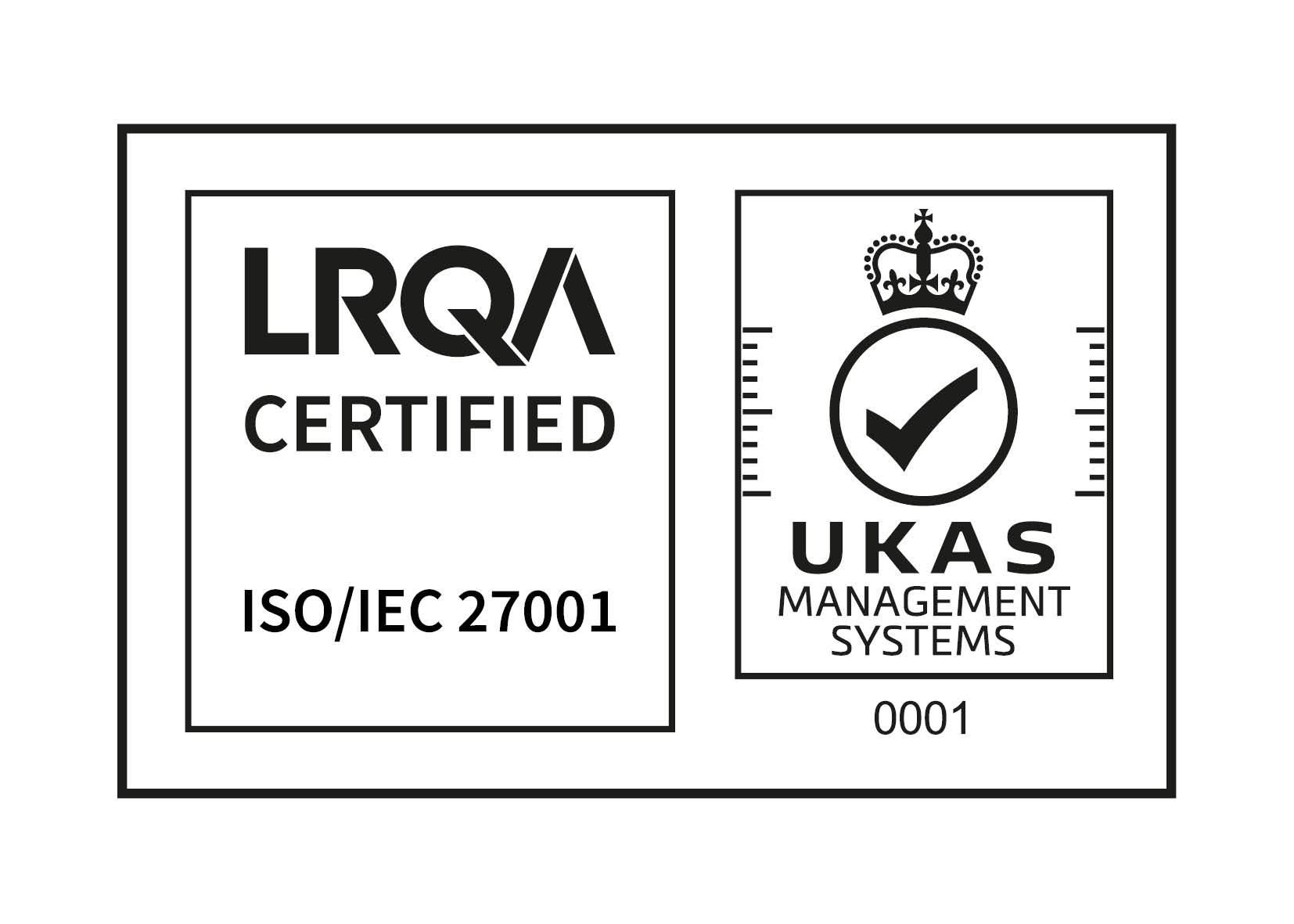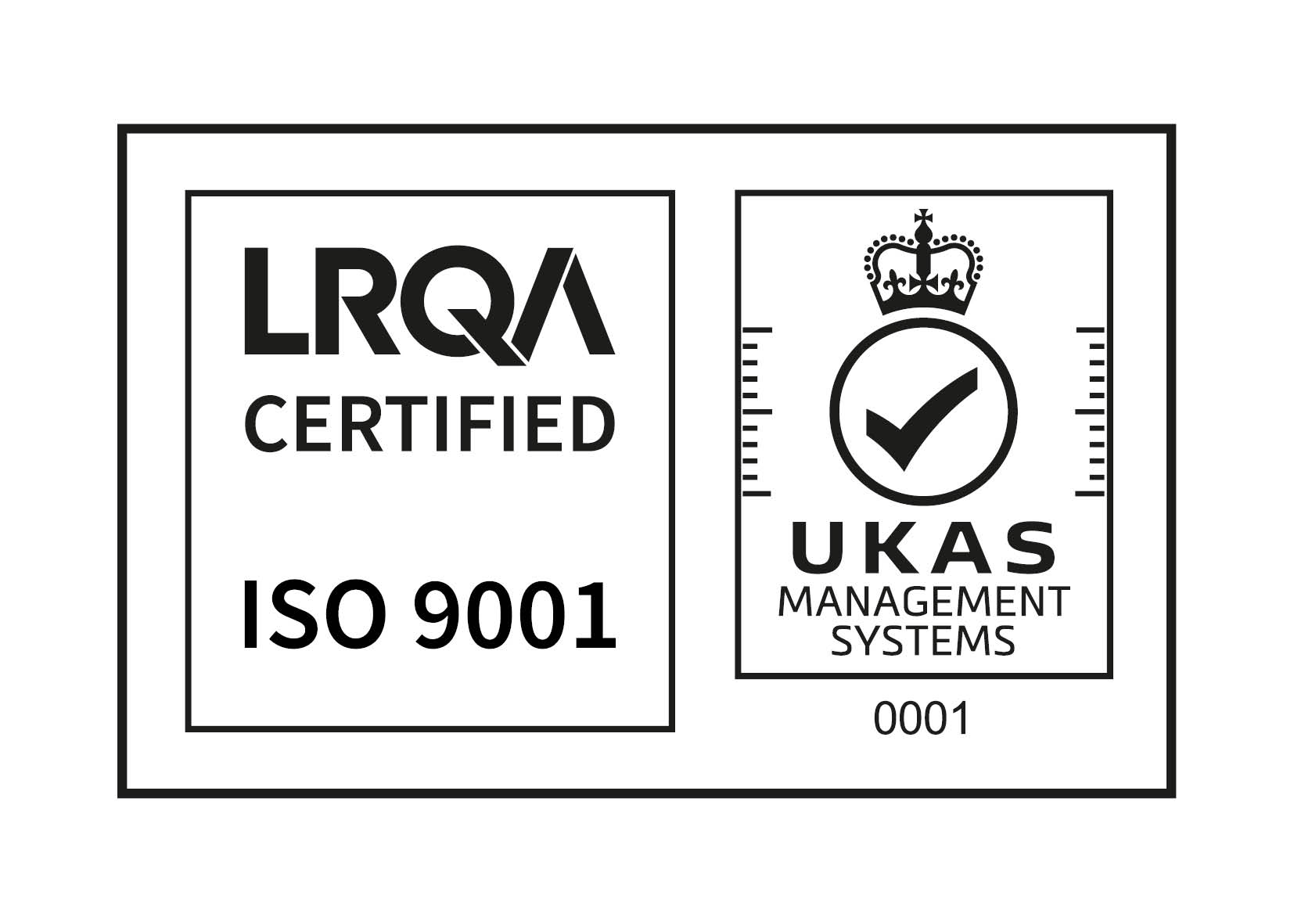Share this
Is your HR case document management fit for purpose?
by Emma Laxton on February 19, 2024
Storing documents properly, controlling access and sharing them securely are critical parts of HR case management. However, whether you’re collating evidence for an employment tribunal, monitoring case outcomes or simply sending out meeting invites, this can be easier said than done.
Dealing with sensitive case documents
There are likely to be multiple documents associated with any individual case – in many formats. Some of these are pivotal for collecting information on a case, such as an initial grievance form or witness statements. Some are necessary for recording the outcome and resulting action on a case, such as disciplinary letters and performance improvement plans. Finally, some are important in recording how a decision has been reached, this could include meeting minutes and legal consultation records.
HR departments must keep a record of every action taken on a case and all the communication around it. This is vital for tracking progress (to ensure a case reaches the correct resolution promptly), ensuring legal compliance, and collecting evidence for audits, tribunals and disputes.
With home working now more common, any concerns about what information is being stored where, and who has access to it, must be addressed. In addition, there are productivity gains to be had from efficient, consistent document management.
There is a better way to manage all this than shared folders and inboxes, or (worse still) documents stored on individual devices. We will get on to that in a minute. Let’s look first at some of the reasons why document management is a key part of any HR case management process.

Why is good HR document management important?
- Tribunal Preparation and Data Requests: Case documentation may need to be collated and shared for a tribunal or as part of a Subject Access Request (SAR). You will have to evidence your approach, so it is important to ensure that all documentation and correspondence surrounding a case has been handled consistently and duly recorded.
- Restricted Access: The information stored within HR documents on complicated cases like grievances and disciplinaries is likely to be sensitive and should be kept confidential. It may not be appropriate for every HR team member to have visibility of every case or every document for example.
- Data Protection: More generally, any personal information which is subject to EU General Data Protection Regulation (GDPR) and UK Data Protection law must be treated carefully. Proper document management mitigates the risk of data breaches and ensures that storage complies with relevant legislation, including appropriate retention and deletion.
- Disaster Recovery: Recovery in the event of a disaster is another consideration. Physical files could be lost through natural disasters and emergencies such as fires or floods, while digital files may be affected by system failures or cyber-attacks. Secure, encrypted back-ups facilitate swift recovery and minimise disruption to day-to-day HR operations.
- Learning & Improvement: Analysing past cases and their outcomes can provide valuable insight into trends and areas for improvement which can be acted on accordingly. The ability to flag precedent cases and analyse case records and documents is helpful for learning and improvement.
How can HR case management software help with document management?
HR case management software usually includes an integrated document management system, which means that all documentation is stored within an online case record - searchable, secure and backed up.
This is one of the main ways HR case management software differs from more generalist HR or ticketing systems. Being ‘case-centric’ means documents (including emails) can be created and stored within the case record itself.
We have outlined some specific functionality which can help with good HR document management below:
- Single Online Repository: Having a single online system where all documentation associated with a case can be stored, will ensure that there is “one source of truth” which can be relied upon. Ideal if a caseworker is absent and a colleague needs to pick up the case. Your case record should include a document summary where you can see and access all incoming and outgoing documentation, and your system should include the ability to send and receive emails.
- Document and Email Templates: These help with consistency and compliance, as well as reducing administrative effort.
- Case History: A chronological audit trail that records every action on a case is vital for knowing who has done what so far in a case, and for evidencing compliance with process.
- Document Bundling: A document bundling facility will enable you to quickly and easily bundle documents together for sharing.
- Access Permissions: You should be able to set specific access permissions for a particularly sensitive case and/or work with broader settings to e.g. ensure HR managers have visibility of the entire caseload while each caseworker can only access their assigned cases.
- Search: With everything held on the same system, finding relevant documents is easy. Your system should include a flexible search facility that helps you quickly retrieve the files you need.
- Secure Storage and Back-up: This is one of the most important aspects. Check where your data will be stored and that it is protected with appropriate physical and cyber security measures. Data and backups should be encrypted for belt and braces protection.
- File management: An integral file management utility will help you manage data and records according to data protection policies, with automatic anonymisation and/or deletion as per your policy.
Overall, HR case management software provides a secure place to store documents, with a variety of tools to ensure appropriate accessibility, efficient management and, ultimately, peace of mind that your documents are stored correctly.
If you would like to know more about Workpro HR case management software you can do that here.
Share this
- December 2025 (2)
- November 2025 (1)
- October 2025 (2)
- September 2025 (1)
- August 2025 (3)
- July 2025 (2)
- May 2025 (2)
- April 2025 (3)
- February 2025 (3)
- December 2024 (1)
- November 2024 (1)
- October 2024 (1)
- June 2024 (1)
- May 2024 (2)
- April 2024 (2)
- March 2024 (1)
- February 2024 (1)
- January 2024 (1)
- December 2023 (1)
- November 2023 (2)
- October 2023 (1)
- August 2023 (2)
- July 2023 (2)
- June 2023 (2)
- May 2023 (1)
- April 2023 (3)
- February 2023 (3)
- December 2022 (2)
- October 2022 (1)
- September 2022 (3)
- August 2022 (2)
- July 2022 (2)
- June 2022 (1)
- March 2022 (2)
- February 2022 (1)
- January 2022 (1)
- December 2021 (1)
- October 2021 (1)
- June 2021 (2)
- May 2021 (1)
- February 2021 (2)
- October 2020 (1)
- September 2020 (1)
- August 2020 (1)
- July 2020 (1)
- June 2020 (3)
- April 2020 (1)
- October 2019 (2)
- September 2019 (2)
- May 2019 (1)
- March 2019 (1)
- November 2018 (1)
- July 2018 (1)
- November 2017 (1)
- September 2015 (1)








